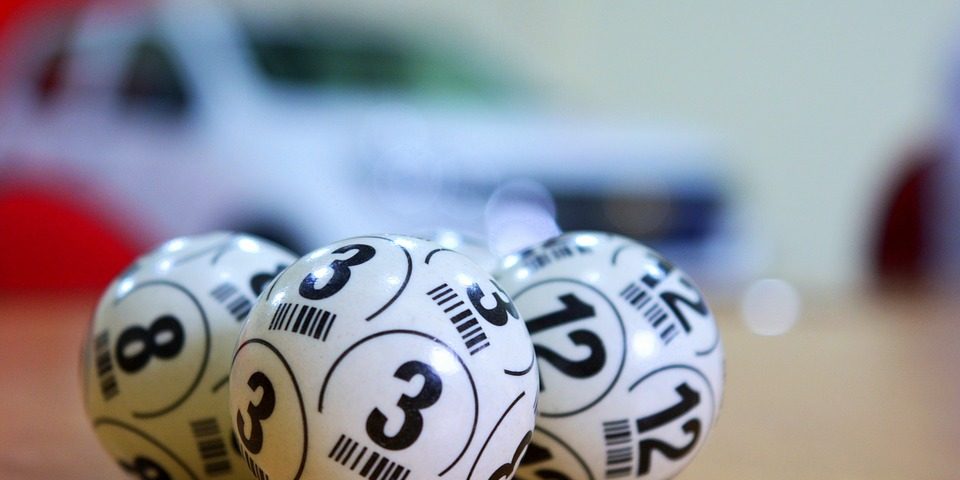


Civilising capitalism
6 July 2019
Work and Disability: Ending Exclusions
6 July 2019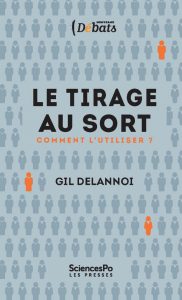 Denigrated when used to select students in some university programs, or appreciated as a means to breathe new life into democracy, random draws are controversial. In his book “Le Tirage au sort: Comment l’utiliser” [the random draw: how to use it], CEVIPOF researcher Gil Delannoi presents its characteristics and the many ways of implementing it. After outlining the factors determining the quality of a random draw, he calls for its judicious implementation in our institutions. Gil Delannoi is convinced that a well-designed random draw can enrich democracy.
Denigrated when used to select students in some university programs, or appreciated as a means to breathe new life into democracy, random draws are controversial. In his book “Le Tirage au sort: Comment l’utiliser” [the random draw: how to use it], CEVIPOF researcher Gil Delannoi presents its characteristics and the many ways of implementing it. After outlining the factors determining the quality of a random draw, he calls for its judicious implementation in our institutions. Gil Delannoi is convinced that a well-designed random draw can enrich democracy.
What is important to know about the random draw?
Gil Delannoi: The random draw is one of the processes that can be used to elect and select people, distribute goods, or choose between several options. Five other processes enable these operations: votes, heredity (or bequests), tests, supply and demand (market or barter), and voluntary membership (in an association). What grants unity to a process is its operational mode. For example, while voting is based on the addition of votes, the random draw consists of a subtraction from a determined whole. Outside of these “operational” characteristics, each process has objectives, forms, and infinitely variable effects.
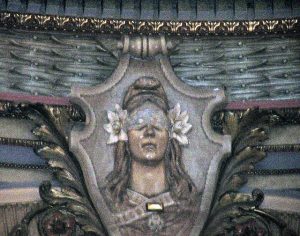 Moreover, no process is free of “defects” and they can all lead to a contestable or inoperable result. The random draw is no exception to this rule: it is not necessarily democratic. It can even be used to antidemocratic ends, either by falling into demagogic egalitarianism, arbitrary preference, or even terror, when victims are randomly selected. These extreme uses obviously do not doom the use of the random draw per se since all processes, including voting, can also be used for non-democratic or immoral ends.
Moreover, no process is free of “defects” and they can all lead to a contestable or inoperable result. The random draw is no exception to this rule: it is not necessarily democratic. It can even be used to antidemocratic ends, either by falling into demagogic egalitarianism, arbitrary preference, or even terror, when victims are randomly selected. These extreme uses obviously do not doom the use of the random draw per se since all processes, including voting, can also be used for non-democratic or immoral ends.
What are the features of random draws?
G. D.: Regardless of the form of random draws, I believe that the expression “equality, impartiality, and serenity” summarizes its trend effects, which are neither constant nor unilateral. Impartiality and serenity can be a principle, practice, and purpose in undemocratic regimes. In democracies, the principles of equality and impartiality come into play. But everyone knows that these principles are more or less important depending on the country, constitution, and culture.
Many forms, principles, and purposes are therefore possible.
What are the essential variants that determine the “quality” of a random draw?
G.D. : An important dimension is the freedom or not to be among the individuals who may be randomly drawn. In some cases this can be imposed, while in others one can refuse to partake. There is also the freedom or not to perform the task assigned by the draw. In some systems one can desist after being selected by the draw. It is one of the important options to consider and adapt to each processes depending on the sought purpose.
The other crucial point concerns the criteria to select skilled people to form the “crucible” of the draw – what I call the base. Depending on the case, it may be as large as possible (the equivalent of universal suffrage) or limited in order to correspond to the specific skill required by the situation. One must have proven that one can swim to participate in the random draw of a swimmer. The same reasoning applies to all draws, regardless of the task to be performed.
What are the risks or limits of this system?
G.D. : The adjustment of the draw to an adequate base is necessary and decisive. On this point the draw is as flexible voting, which occurs over the most diverse bases. This is why blanket support or opposition to a process is absurd – it always involves simplification.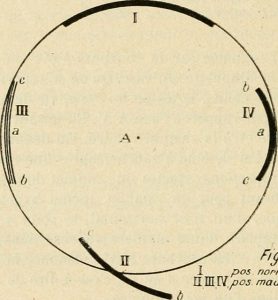
In a draw the size of the base can go from two individuals to a great number. The great number can be a nation or federation. It would currently be technically difficult to randomly draw from among all living human beings. However, if this became technically possible, the base could be expanded to very large numbers. But the larger the base, the greater the possibility of fraud. It is easier to have a few proctors monitor a limited draw from an urn or hat than to monitor humongous statistical and electronic mechanisms. In any case, it is important to find the optimal size for the base, taking into account the task to be accomplished by the drawn people.
Since the draw generally contributes to equality, impartiality, and serenity in any group and at any level, from a small association to a great nation, it is usable. But I believe it should also be complemented by an election with votes. Substituting draws for elections is dangerous. A democracy needs active representatives – not just representatives.
With regard to participation and deliberation, other options are valid, including referendums, which are conducive to an inclusive and popular deliberation.
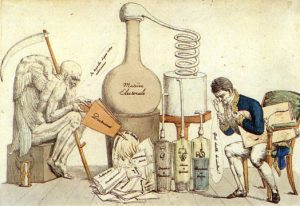
Satire d’une loi électorale de circonstances, 1820. Lithographie dessinée par Féodal.
Random draws purportedly encourage engagement from people who would not spontaneously think to get involved. But do random draws motivate?
G.D. : Random draws are not sufficiently widespread to reach such conclusions yet. Their spread through the widest range of areas provides a very interesting experimental field. Their use during the Major debate of 2019 will provide some food for thought.
Why is there a recurrent argument over the incompetence of randomly selected people in politics?
G.D. : Competence or incompetence? The discussion often revolves around this question with regard to the random draw of a person for a function. Proponents and opponents of draws regularly clash over the issue. The former see the use of a draw as the recognition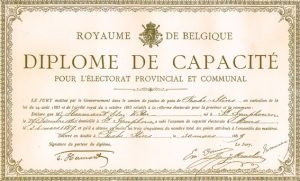 of a democratic skill that is intrinsic to any human group. For the latter, it would be supreme and blind demagogy, insensitive to any difference in knowledge, skill and experience in the conduct of political or other affairs. Differences in requisite skills depending on the situation and function obviously exist. It is the definition of the base by its qualification that solves the problem. Herein lies the key adjustment. It is also important to note that the base needs to the defined in all the processes: a qualified legal base is needed for a vote. If the function to which one can be elected by a draw requires a very specialized skill, this skill will have been previously tested, during the enrolment of the base. In cases of low specialization, the use of ranking criteria without a test might suffice. This adjustment does not run up against any insurmountable obstacle given the diversity in forms of qualification.
of a democratic skill that is intrinsic to any human group. For the latter, it would be supreme and blind demagogy, insensitive to any difference in knowledge, skill and experience in the conduct of political or other affairs. Differences in requisite skills depending on the situation and function obviously exist. It is the definition of the base by its qualification that solves the problem. Herein lies the key adjustment. It is also important to note that the base needs to the defined in all the processes: a qualified legal base is needed for a vote. If the function to which one can be elected by a draw requires a very specialized skill, this skill will have been previously tested, during the enrolment of the base. In cases of low specialization, the use of ranking criteria without a test might suffice. This adjustment does not run up against any insurmountable obstacle given the diversity in forms of qualification.
Some good sense can clarify the issue. For example, I would certainly not want to have a tooth pulled by a dentist randomly selected from the population. The absurdity of this suggestion is reflected in its reverse: I would no more want to be selected to pull a tooth from anyone given that I do not master this technique. Many other examples lead to the same conclusion.
Random draws favor incompetence when they are ill conceived. They need to be tried and practiced more often. Fortunately, this appears to be happening.
Interview by Marcelle Bourbier, CEVIPOF
Gil Delannoi, research director at Sciences Po’s Center for Political Research (CEVIPOF), is an expert on the history of ideas and of political thought. The research in political theory that he has devoted over the past few year to democratic processes make him a pioneer in studies on random draws in politics, which he sees as potentially improving democratic systems and other non-political institutions. He is the author of several books on this subject.
- Gil Delannoi, Le Tirage au sort : Comment l’utiliser, Presses de Sciences Po, février 2019
- Gil Delannoi – Le tirage au sort, un et multiple, Revue Esprit, 2011
- Gil Delannoi – Le Retour du tirage au sort en politique, Fondation pour l’innovation politique, 2010
- Gil Delannoi, Oliver Dowlen (eds) – Sortition: Theory and Practice, Imprint Academic, 2010
- All publications of Gil Delannoi

